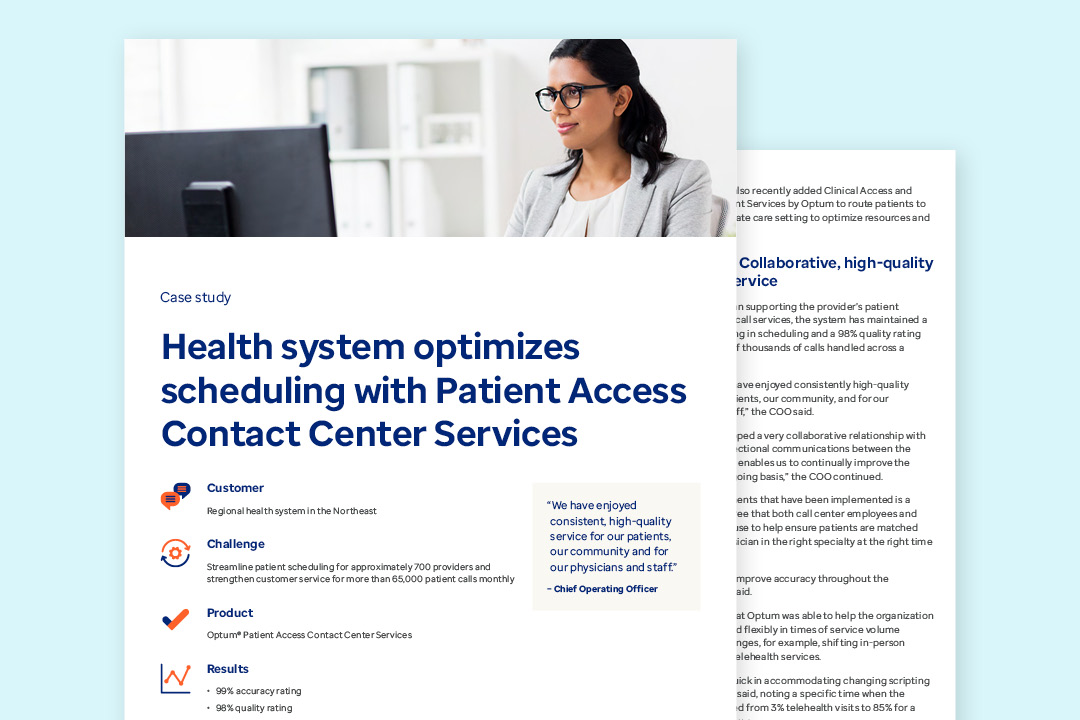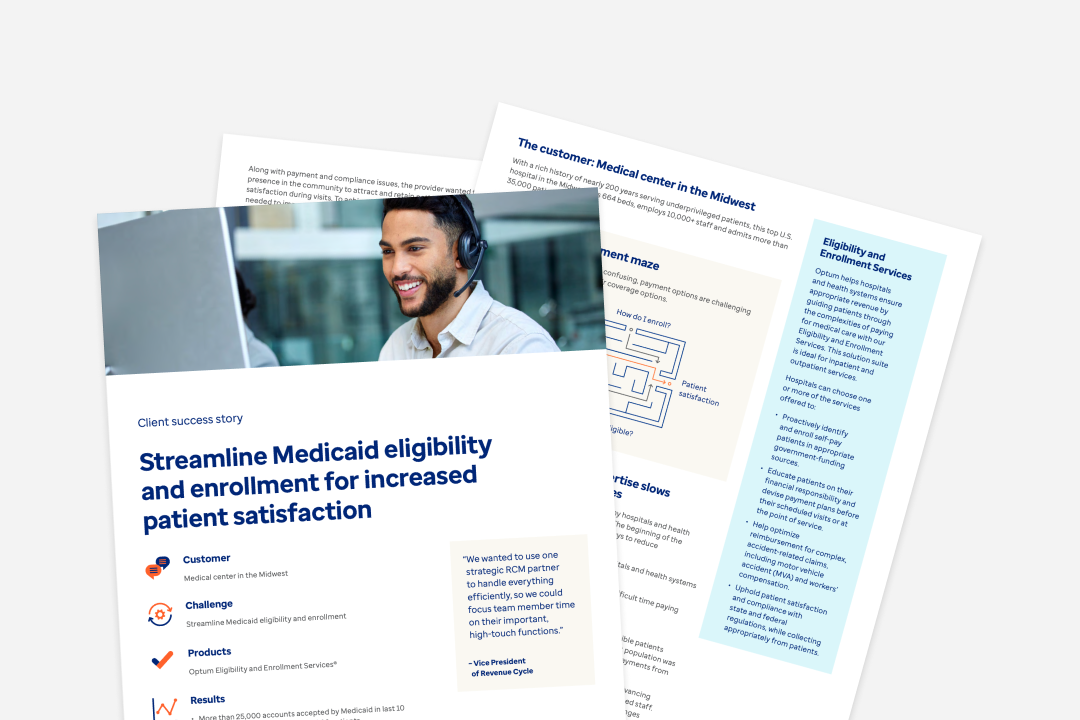Improve hospital revenue with effective coding audits
Accurate medical coding is critical to a hospital’s and the patient’s financial experience. But, according to Modern Healthcare, up to 80% of all medical bills contain an error. Hospitals can reduce these mistakes with an effective auditing and compliance system.
According to LaSha Cofer, MSHSM, RHIA, senior product manager with Optum Provider Market Solutions, medical codes can affect your organization in multiple ways. Regularly auditing accounts to ensure accuracy can lead to a variety of improvements.
With a shift in the industry toward artificial intelligence, especially autonomous coding, and the increase in outsourcing medical coding tasks, there is an even greater need to establish a robust auditing and compliance program. “Correct coding has a significant impact. If accounts are coded incorrectly, hospitals aren’t reimbursed properly,” Cofer says. “Lower payments can impact hospital quality scores and the patient’s financial responsibility.”
Cofer, an AHIMA-approved revenue cycle trainer, recommends conducting audits at least once a year to monitor your coding effectively. If you have enough resources, consider monthly — or daily — audits. Here, she shares additional insights into how you can create a successful auditing and compliance program.



